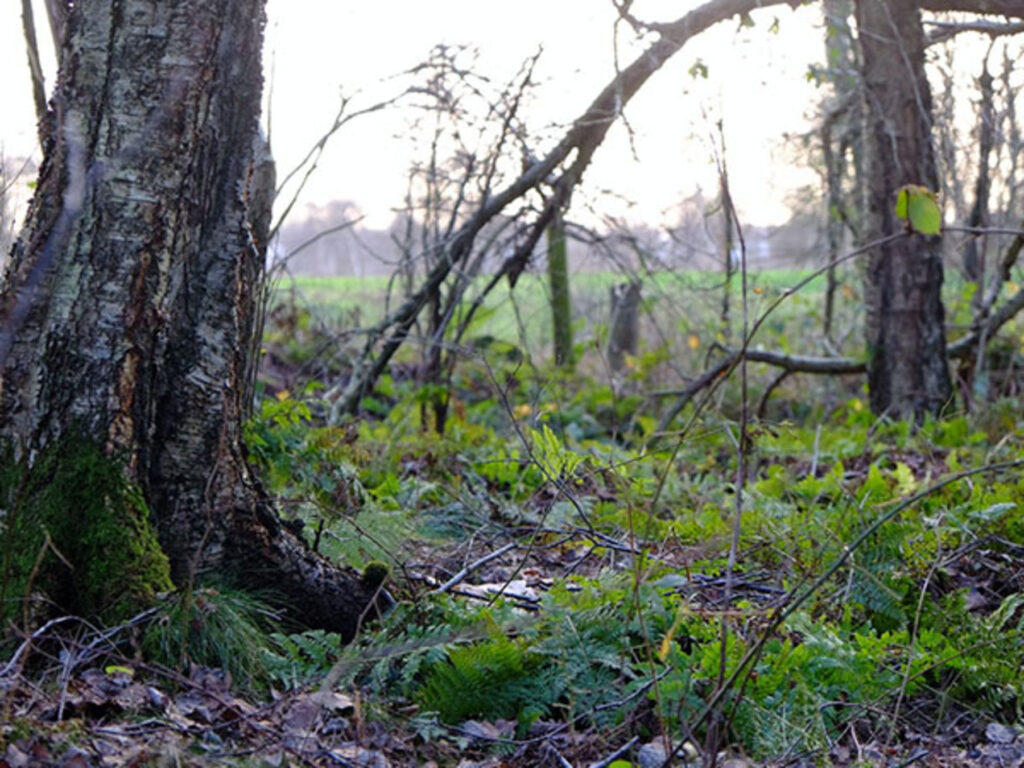With a magnifying glass, you can discover amazing things in the litter and soil under bushes and trees: for example, the tiny feeding traces on fallen leaves. And you can observe some of the tiny soil creatures that make the tracks. They are the ones that recycle “biowaste” in nature.
There’s a lot going on in the soil, and it’s not so easy to tell at first glance. Did you know, for example, that there are more living creatures in a handful of soil than there are people in the world? However, the vast majority of them are so small that you can only see them with a microscope. These creatures are quite active. They decompose organic materials, such as leaves or other dead plant parts and dead living organisms. The decomposition releases nutrients. The nutrient-rich soil that is created in this way is called humus.
What living things do could be called “natural recycling.” They are part of a cycle of nature. After all, fertile soil is the basis for new life. Plants can grow on it, which in turn can feed animals and humans.
Where do you find the tracks?

If you look closely, you can discover some traces of this “recycling”. You can find out what happens in the creation of fertile soil and who is involved. You don’t need much to search for traces.
It is important to find a suitable place where there is humus-rich soil and many soil organisms. This is possible, for example, in deciduous forests, in some gardens or parks. Look for a place where leaves and twigs are left for a long time and a closed layer of such plant parts covers the soil. This layer is the so-called litter layer.
You will need this material:
- Tweezers
- Magnifying glass or beaker loupe
- Small spade or small shovel
- Paper for notes
- Pen
- White cardboard or white bowl
- Coarse-mesh sieve Four stones to mark your “research area
How to do it – step by step
Delimit an area on the forest floor that is approximately as large as an A4 sheet of paper. For example, place four stones at the corners of this area.
Then lift the material from the ground layer by layer.
Examine the lifted material and the soil underneath very carefully and make notes. These questions can help you.
What color and shape is the material?
Is it dry or moist?
What stage are the leaves in: fresh or very decomposed?
If you like, draw the materials of the layer.
Continue until you reach the first dark brown, solid layer of soil.
Identify the living beings
To examine the living organisms in the litter layer, you can put the gutted material into a sieve. You can place the sieve over the white container. Shake the sieve carefully. Small animals will fall through the sieve into the container where you can observe them.
Larger animals, such as beetles or spiders, can be picked up carefully with your hand or with tweezers. For the smaller animals a moistened brush is suitable. Be very careful with the animals so that you do not hurt them!
You can also write down your observations of the animals. You will surely recognize some of them, for example beetles, spiders, snails and woodlice. What shape is the animal? How many of them do you see?

